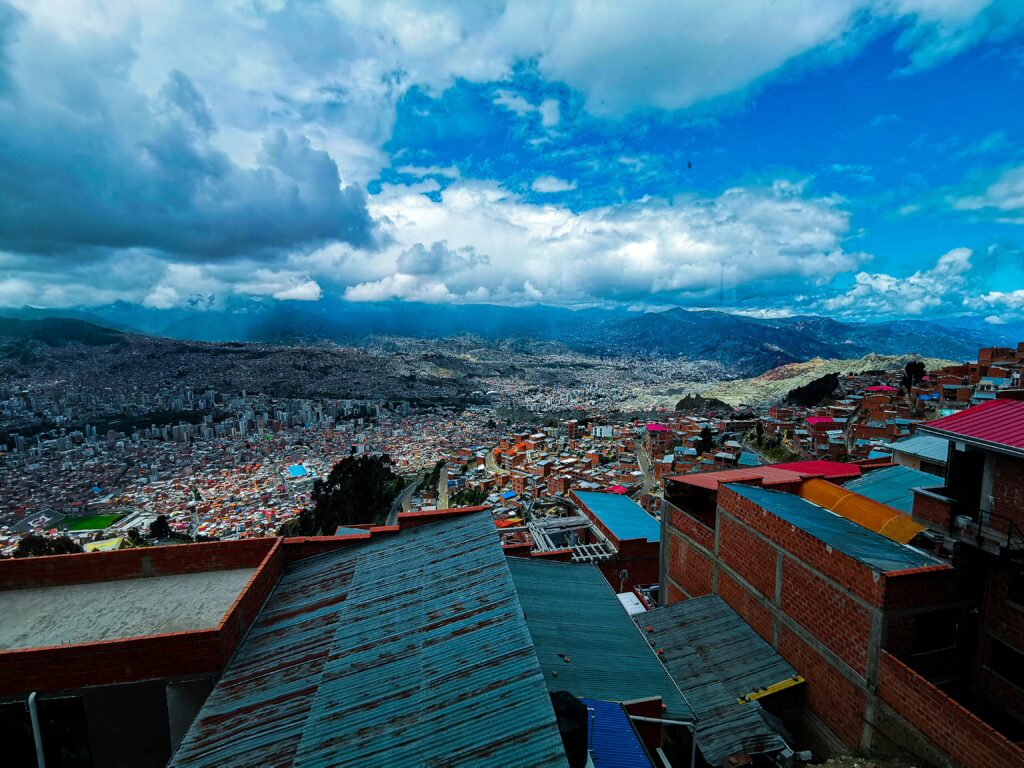
I’ll never forget the moment I stepped off the plane in La Paz, Bolivia. The air was thin, and everything felt a bit wobbly. I took a deep breath and wondered if my packing choices were right. I felt excited yet nervous, and that was just the beginning. Traveling at high altitudes in Bolivia is a unique adventure, but it comes with its own set of challenges.
In this guide, I’ll break down the essentials for your high-altitude trip to Bolivia. It’s not just about what to bring; it’s about being smart with your packing. Let’s get into it.
Understanding the Altitude
First, let’s talk altitude. Bolivia’s La Paz is one of the highest capital cities in the world, sitting at over 11,000 feet. As you go higher, the air gets thinner. This can lead to altitude sickness if you’re not prepared.
Pay attention to how your body feels. Take it slow, especially on the first few days. Hydration is crucial, so drink plenty of water.
Clothing Essentials
Layer Up
Weather can be unpredictable. Days can be warm, and nights can get chilly. That’s why layering is key.
Start with a moisture-wicking base layer. This helps keep sweat away from your skin. Add a fleece or insulated layer for warmth. Don’t forget a waterproof jacket. You never know when it might rain or hail!
Footwear Matters
Comfortable shoes are non-negotiable. Choose good hiking boots with solid ankle support. I learned this the hard way—blisters can ruin your trip. Also, pack a pair of flip-flops or sandals for chilling back at your lodging.
Health and Safety Items
Medication for Altitude Sickness
Altitude sickness can sneak up on you. It’s smart to bring over-the-counter meds like ibuprofen. You might also want to consult your doctor about prescription options, like Diamox, before you leave.
Physical Health Items
Don’t skimp on first-aid supplies. Bring band-aids, antiseptic wipes, and any personal medications. A portable water filter can also come in handy if you’re drinking from streams.
Travel Gear
Backpack vs. Suitcase
A sturdy backpack is the way to go. You’ll want something that fits well and holds all your essentials. A suitcase won’t work too well in remote areas or cobbled streets.
Portable Charger and Adapters
Your phone is your camera, map, and lifeline. Keep a portable charger handy. If you’re planning to charge devices, an adapter for Bolivian outlets is essential.
Food and Hydration
Snacks for Energy
Pack high-energy snacks like nuts or granola bars. Trust me, you’ll appreciate the quick boost during long hikes.
Hydration Pack
A hydration pack or water bottle is essential. Aim for at least three liters a day. Staying hydrated helps combat altitude sickness.
Documentary and Cash
Keep Your Documents Safe
Always have a copy of your important papers: passport, travel insurance, and itinerary. Keep them in a waterproof bag. You never know what might happen.
Cash is King
Credit cards are accepted in some places, but it’s good to carry cash, especially in rural areas. Bring small bills; locals appreciate it more than large denominations.
Final Thoughts
This trip will be incredible, just remember to pack smart. Understand that the altitude is challenging but manageable with the right gear and approach. Embrace the journey, and don’t forget to enjoy those stunning views!
Feeling uncertain? Just think back to my moment in La Paz. Trust your instincts, take your time, and remember—you’re in for a beautiful experience.
For more travel hacks, check out this [Related: Traveling in Bolivia](https://example.com).
**Related Reading:** – [Related: How to Plan a Solo Trip on a Budget] – [Related: Top Destinations for First-Time Solo Travelers] **#SoloTravel #Essential #Packing #Guide #HighAltitude #Travel #Bolivia**